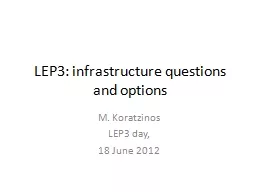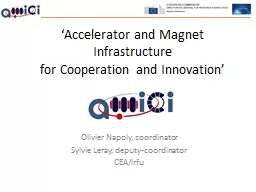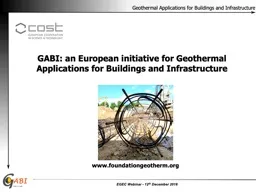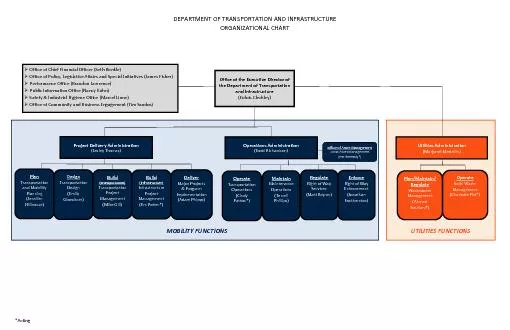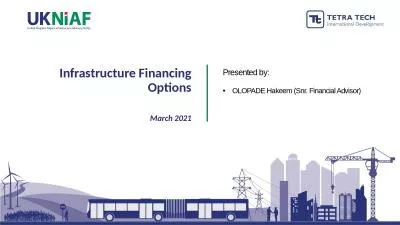PPT-LEP3: infrastructure questions and options
Author : liane-varnes | Published Date : 2017-11-09
M Koratzinos LEP3 day 18 June 2012 As an introduction LEP3 is depending on what Nature has in store for us a serious contender as the high energy machine of choice
Presentation Embed Code
Download Presentation
Download Presentation The PPT/PDF document "LEP3: infrastructure questions and optio..." is the property of its rightful owner. Permission is granted to download and print the materials on this website for personal, non-commercial use only, and to display it on your personal computer provided you do not modify the materials and that you retain all copyright notices contained in the materials. By downloading content from our website, you accept the terms of this agreement.
LEP3: infrastructure questions and options: Transcript
Download Rules Of Document
"LEP3: infrastructure questions and options"The content belongs to its owner. You may download and print it for personal use, without modification, and keep all copyright notices. By downloading, you agree to these terms.
Related Documents

